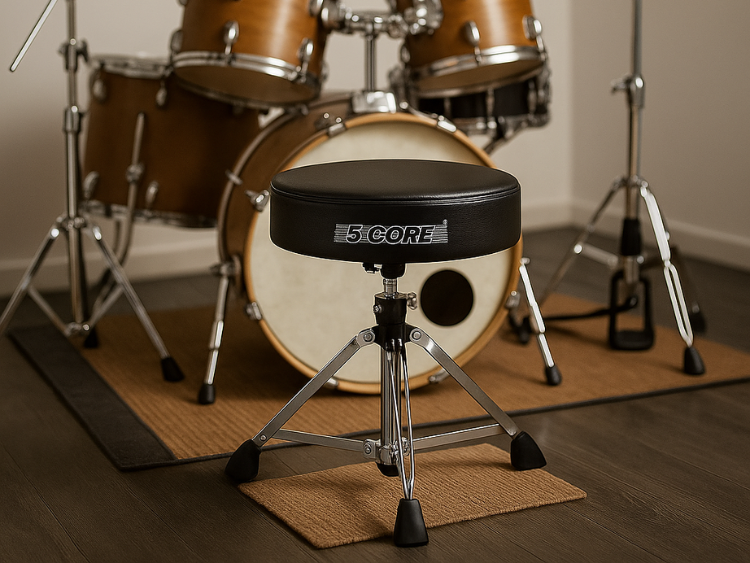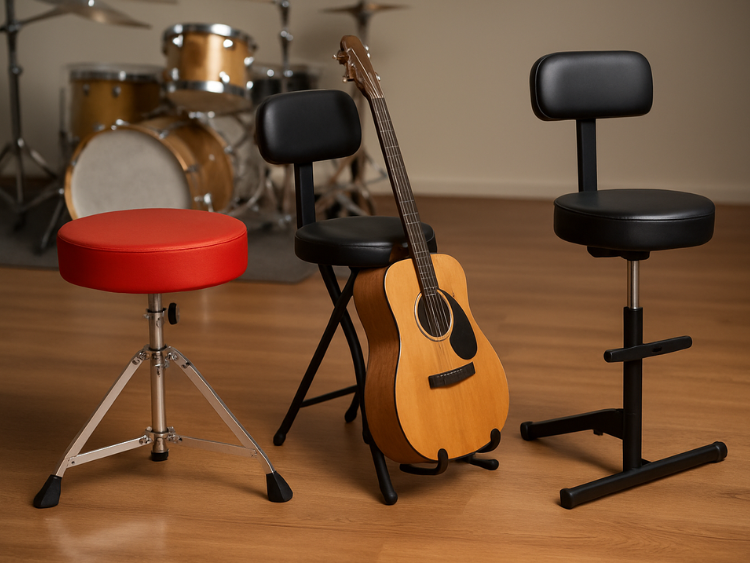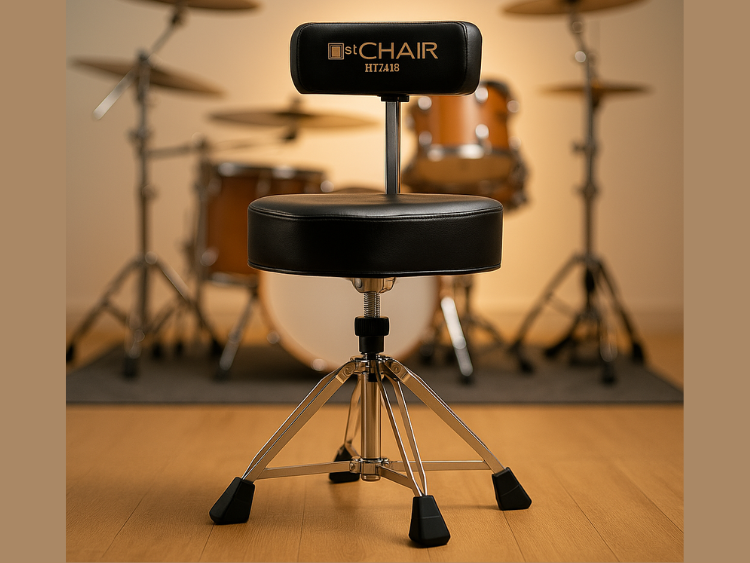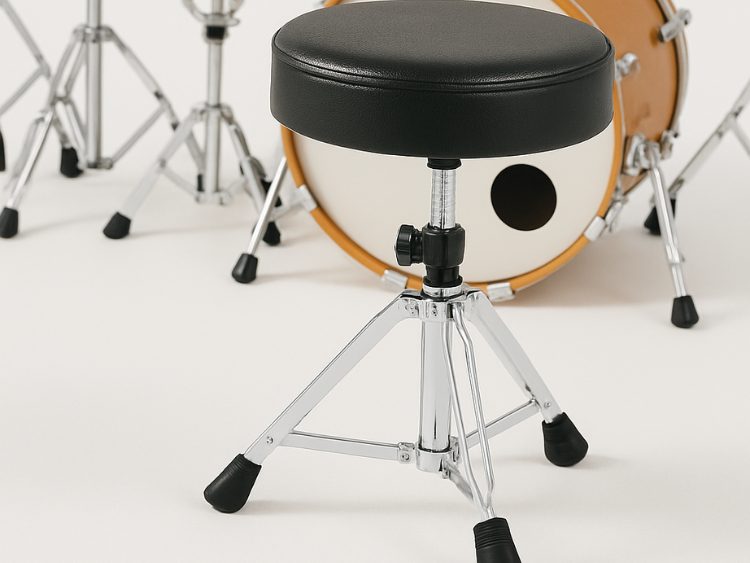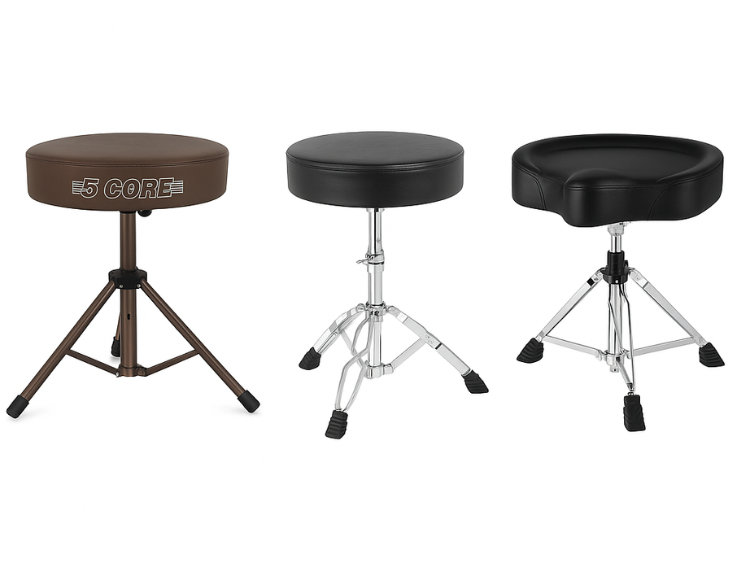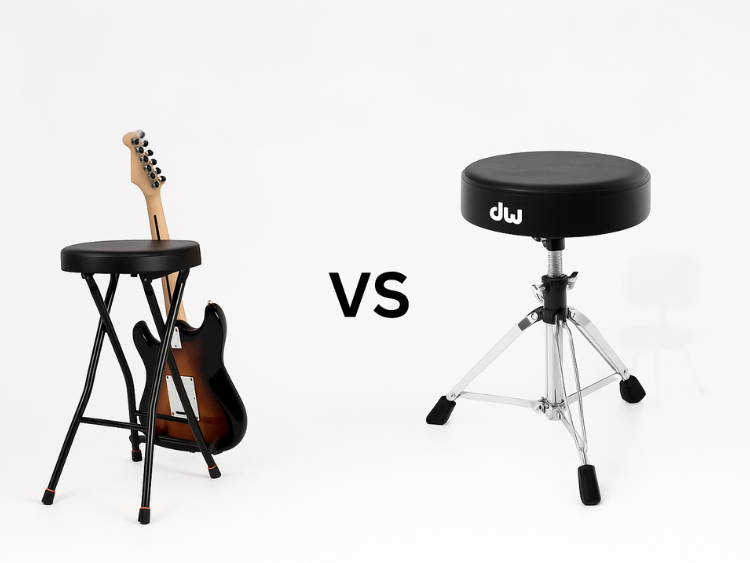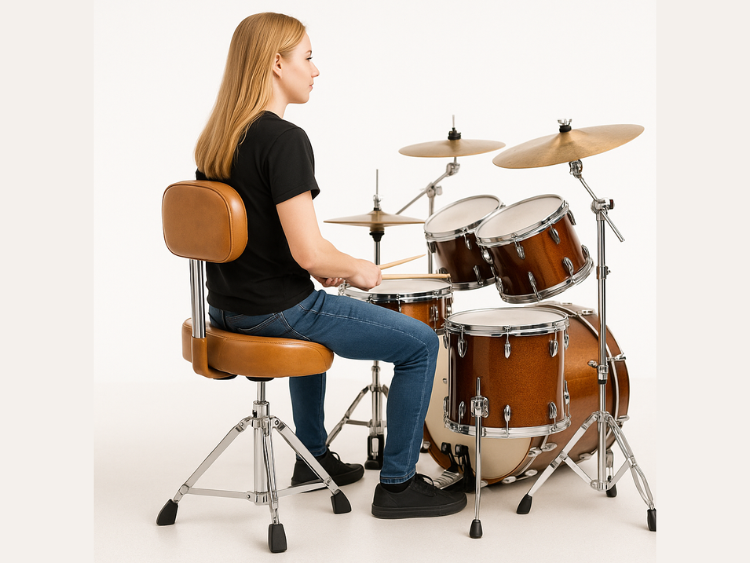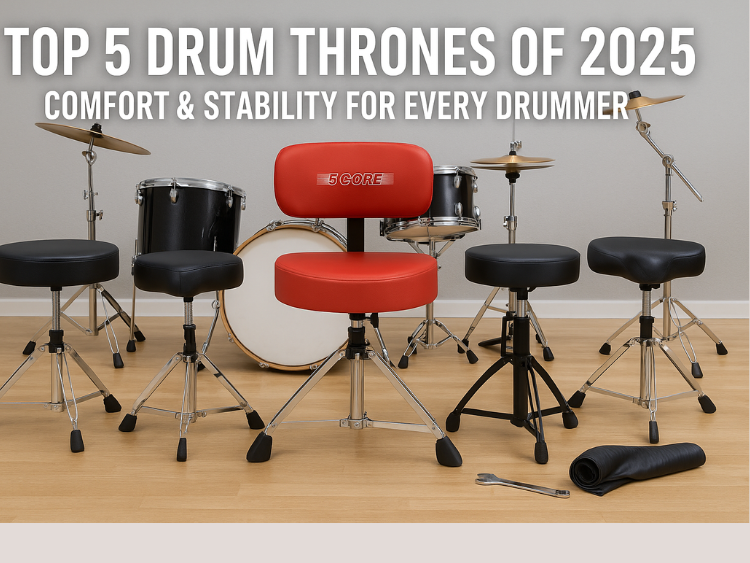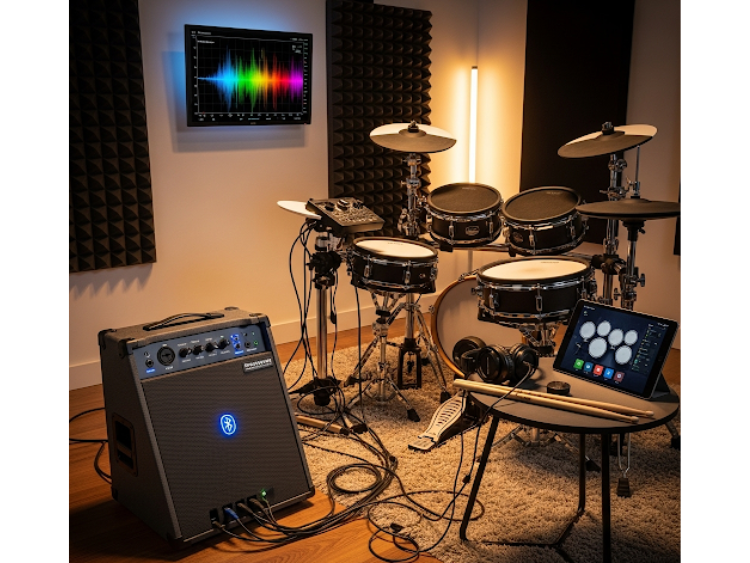Practice Pads That Actually Improve Your Drumming
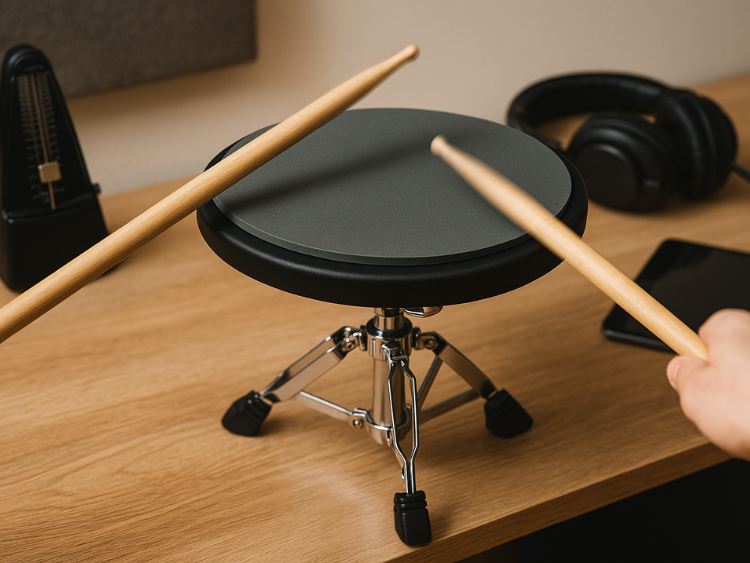
Not all practice pads are created equal. The right one can sharpen your timing, rebound control, and stick technique—without annoying your neighbors. According to Wikipedia’s definition of muscle memory, consistent repetition consolidates motor tasks into procedural memory, making precision and speed more automatic. Let’s explore what really works.
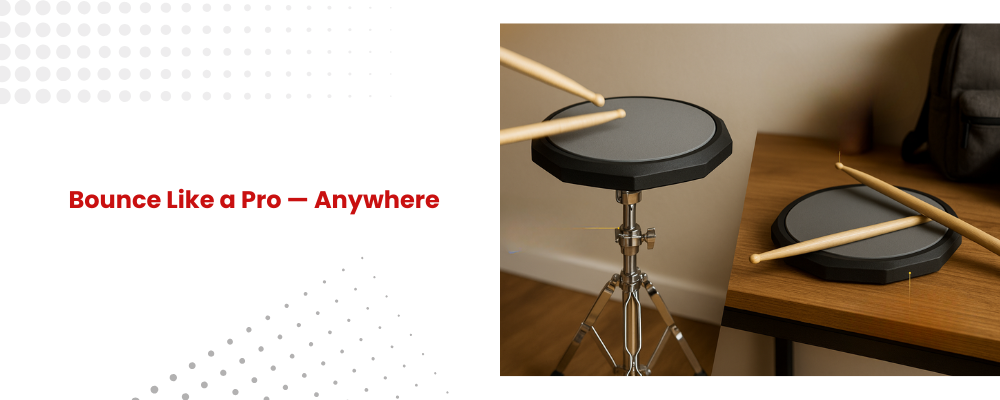
What Makes a Practice Pad Effective?
A best practice pad is going to give a close approximation to the sound and bounce of a real drum, yet not be too loud. The surface must provide the optimum rebound so as to develop technique, control, and hand strength. An excellent pad is one that remains stable in use, be it on a stand or a tabletop, and it does not shift around when in use.
Bottom materials count as well, with rubber or silicone materials being standard fare to feel more realistic when responding to the sticks, with the dual-sided pad adding nimbleness in various resistance rates. It should also be portable; a light pad that fits on the go will enable you to practice anywhere. All in all, a practice pad will be effective when it helps the drummers get better at timing themselves, getting the correct notes, and practicing for long amounts of time--without bothering any others.
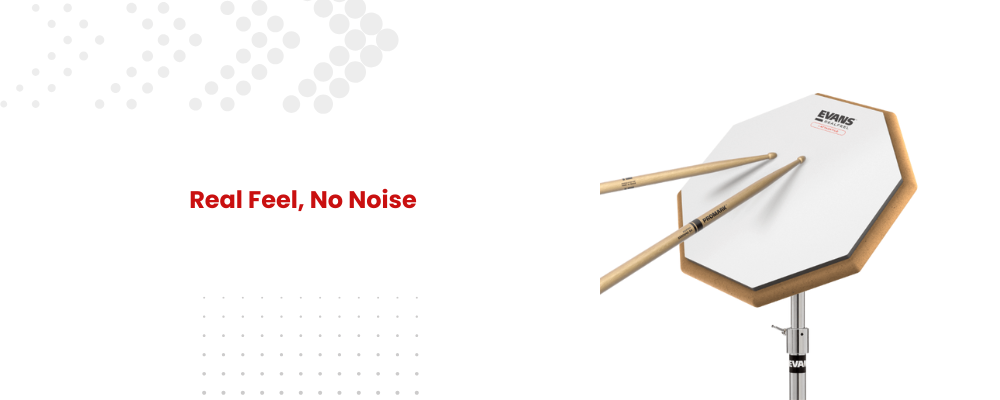
Top Picks That Drummers Actually Trust
1. Evans RealFeel 2-Sided Pad
Evans RealFeel 2-Sided Pad classic design offers two surfaces—a softer gum rubber for quiet practice and a harder recycled rubber for speed training. It’s one of the most popular pads used by marching drummers and drum set players alike.
2. Offworld Invader V3
Offworld Invader V3 high-end pad has a unique playing surface that mimics Kevlar-style marching heads. It’s especially great for developing precise stick control and articulation—perfect for rudimental drummers.
3. Prologix Method Practice Pad
With multiple pad zones, the Prologix Method Practice Pad is great for technique training. You get different surfaces for rebound control, endurance work, and speed development all in one pad.
4. Vic Firth Double-Sided Pad
Solid and balanced, this pad gives you both soft and hard sides. Vic Firth Double-Sided Pad is a top choice for drummers who want to focus on dynamics and clean technique.
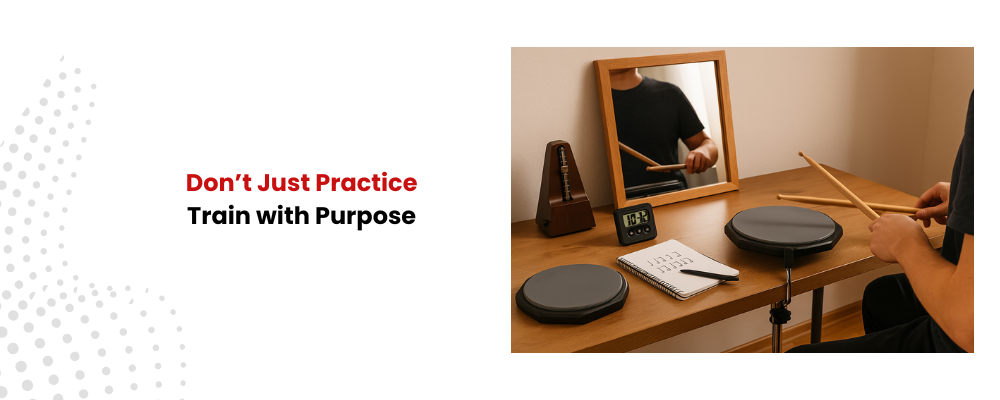
How to Practice Smarter
Even the best pad won’t make you better unless you use it right. Try these methods:
Rudiment routines: Use a metronome and start slow—paradiddles, flams, drags, rolls.
Timed drills: Practice in 5–10 minute bursts with focus, then rest.
Mirror work: Set up near a mirror to check your posture and hand motion.
Control exercises: Focus on downstrokes and rebound strokes to refine your touch.
Challenge tempo: Push beyond your comfort zone, then pull back and clean it up.
Why This Investment Pays Off
A practice pad is easy to carry around, inexpensive, and readily available when compared to an electronic or complete set of drums. Take it in break activities, on the run, or where the volume should remain low. It develops the muscle memory and technique that appear at the time when it matters stage or studio. And the best thing is? It makes you continue even when your entire outfit is off-limits.
Final Thoughts
An effective practice pad is more than an instrument; it is your coach every day. It allows you to develop speed, crispness, and is assistive in keeping you focused. With the proper sensation and feedback, you will be able to play more cleanly. You know, no matter whether you like to play tight doubles or you are still a beginner, a decent pad can make a world of difference.
Ready to level up your practice? Explore the latest drumming gear and accessories, including top-rated pads, over at Drum Shop Store and make your practice time truly count.
